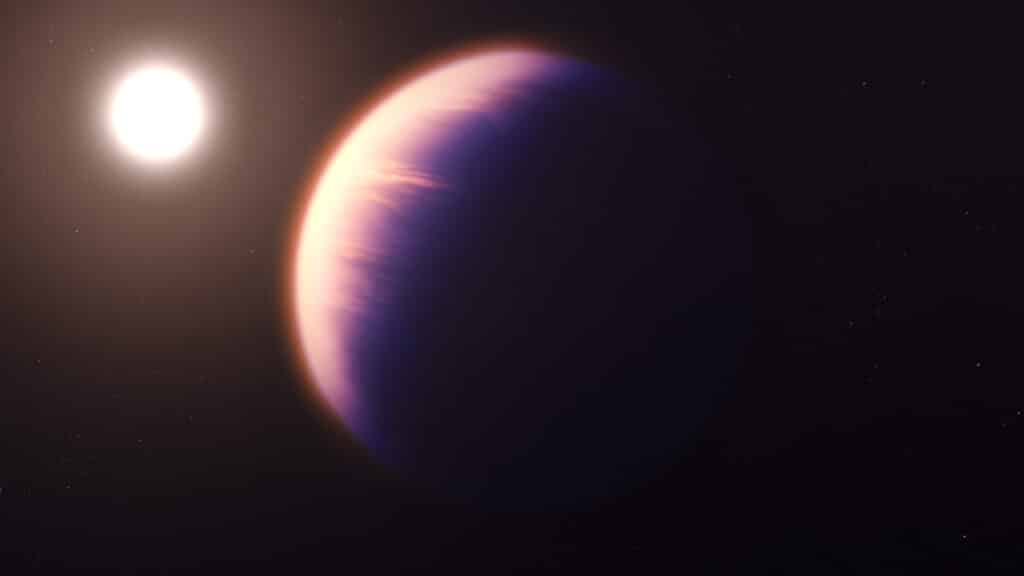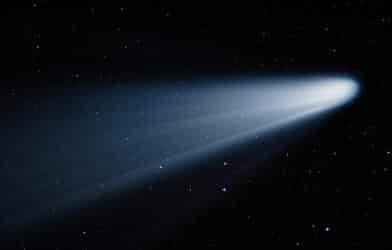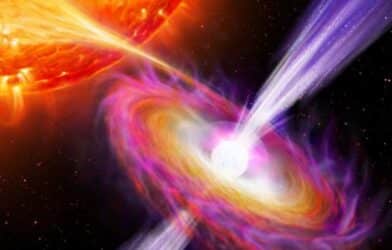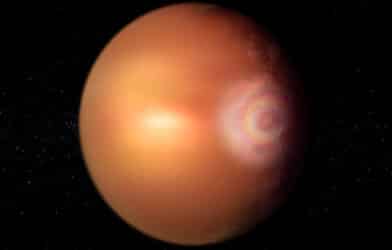If you’ve ever wondered what it’d be like to travel to the stars, you don’t even have to leave your couch to get a good look at the universe. The James Webb Space Telescope (JWST), named after NASA’s second administrator, launched in December 2021. Now we don’t have to wait for Hollywood to make a movie about these faraway planets — we’ll be able to see it with our own eyes. In yet another fascinating discovery, the telescope detected carbon dioxide on an exoplanet dubbed WASP-39b.
Designed to operate at infrared wavelengths, the JWST can see through dust and gas clouds that block our view of other galaxies. This allows scientists to look further back in time with more detail than ever before. In this case, they found exoplanet WASP-39b about 700 lights years away from Earth.
“Detecting such a clear signal of carbon dioxide on WASP-39 b bodes well for the detection of atmospheres on smaller, terrestrial-sized planets,” says Natalie Batalha of the University of California at Santa Cruz, who directs the JWST team, in a statement.
WASP-39b has an extremely fast orbit, making its cycle in just over four Earth days. Besides the dizzying speed and proximity to this burning sun, the discovery of carbon dioxide gives scientists and researchers a new reason to celebrate.
Carbon dioxide means other elements such as oxygen, nitrogen, argon, and more. This means there could be a potential to support life or to better understand yet another tiny piece of the cosmic puzzle to solving the biggest questions.
WASP-39b is roughly the size of Saturn and sits at a toasty distance from its sun, about an eighth of the distance from the Sun to Mercury. Water vapor, sodium, and potassium were detected thanks to the Spitzer and Hubble telescopes. With the previously unmatched power of the JWST, we can probe the atmosphere better than ever using transmission spectroscopy.
The infrared spectrum allows researchers and scientists to see the composition of the planet’s atmosphere better. Using the light from its extremely close sun, we can see what is made of thanks to the illumination from the atmosphere with a better understanding. This convenient positioning and quick orbit (a little over 4 Earth days) give us a near-constant ability to check, check, and check again with our new scientific toy — the James Webb Space Telescope.
Before this discovery, no observatory could yet observe such subtle differences in the planet’s atmosphere and only painted a limited picture.
“As soon as the data appeared on my screen, the whopping carbon dioxide feature grabbed me,” notes Zafar Rustamkulov, a graduate student at Johns Hopkins University and member of the JWST Transiting Exoplanet Community Early Release Science team, which took on this investigation. “It was a special moment, crossing an important threshold in exoplanet sciences.”
Only time will continue to tell as we steadily learn more about WASP-39b with our new eye-in-the-sky.
The research behind the discovery is published in the journal Nature.








-392x250.png)



